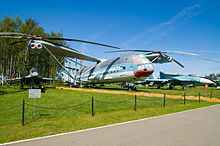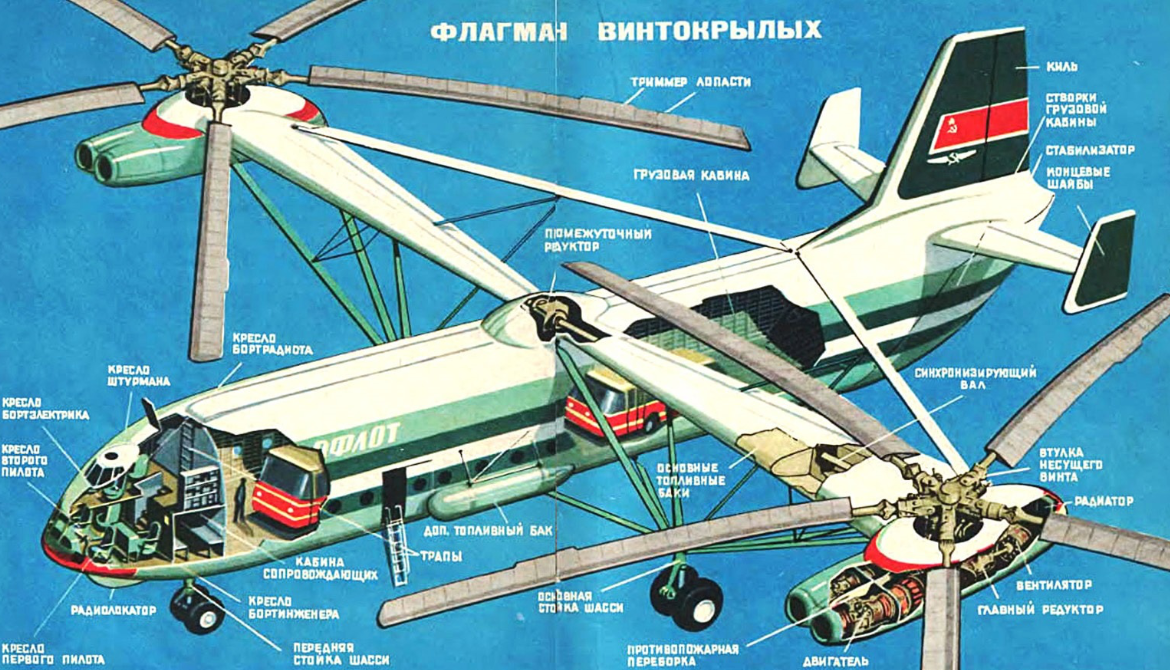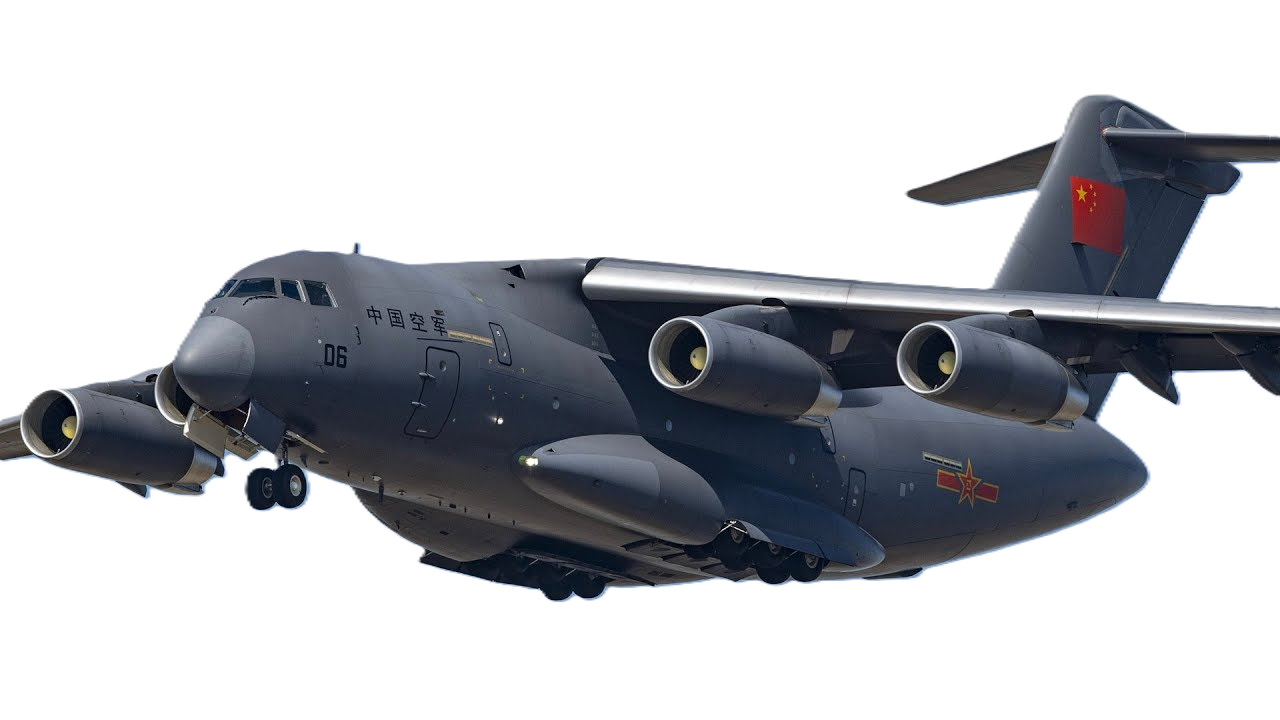Mil V-12 type 65
NATO name:
'Hoomer'
 |
|
| General information | |
|---|---|
| Type | Heavy lift helicopter |
| Manufacturer | Mil Design Bureau |
| Status | Prototypes tested, cancelled |
| Primary user | Soviet Union |
| Number built | 2 |
| History | |
| First flight | (27 June 1967 – unsuccessful)10 July 1968 – first successful flight |
|
|
|
|
|---|
.
History Mil Moscow Helicpter plant
Mil V-12 type 65
NATO reporting name:
'Hoomer'

The Mil V-12 (NATO reporting name: Homer), given the project number Izdeliye 65 ("Item 65"), is a prototype helicopter designed in the Soviet Union and the largest helicopter ever built. The designation "Mi-12" would have been the designation for the production helicopter and did not apply to V-12 prototypes
Operational history
Construction of the first prototype was completed in 1968. A first flight on 27 June 1967 ended prematurely due to oscillations caused by control problems; one set of main wheels contacted the ground hard bursting a tyre and bending a wheel hub. The cause of the oscillations proved to be a harmonic amplification of vibrations in the cockpit floor feeding back into the control column when a roll demand was input into the cyclic stick. It was widely but erroneously reported in the Western press that the aircraft had been destroyed
-
Design

Mil V-12 at the Central Air Force Museum Design studies for a giant helicopter were started at the Mil OKB in 1959, receiving official sanction in 1961 by the GKAT (Gosudarstvenny Komitet po Aviatsionnoy Tekhnike - State Committee on Aircraft Technology) instructing Mil to develop a helicopter capable of lifting 20 to 25 tonnes (22 to 28 short tons). The GKAT directive was followed by a more detailed specification for the V-12 with hold dimensions similar to the Antonov An-22, intended to lift major items of combat material as well as 8K67, 8K75 and 8K82 inter-continental ballistic missiles (ICBM).
Design limitations forced Mil to adopt a twin rotor system but design studies of a tandem layout, similar to the Boeing CH-47 Chinook, revealed major problems. The single rotor layouts also studied proved to be non-viable, leading to the transverse layout chosen for the finished article
Variants Military

Lower cockpit of Mil V-12 
Mil V-12 at the Central Air Force Museum in 2022
0
KmCeiling
0
KmMAX RANGE
0
Km.hAircraft Speed
0
Max Crew
Photo Gallery
Mil Moscow Helicpter plant
Mil V-12 type 65
NATO reporting name:
'Hoomer'


Mil Moscow Helicpter plant
Mil V-12 type 65
NATO reporting name:
'Hoomer'
General characteristics
- Crew: 6 (pilot, copilot, flight engineer, electrician, navigator, radio operator)
- Capacity: 196 passengers
-
-
-
- normal 20,000 kg
- maximum 40,000 kg
-
-
- Length: 37 m (121 ft 5 in)
- Wingspan: 67 m across rotors
- Height: 12.5 m
- Empty weight: 69,100 kg
- Gross weight: 97,000 kg
-
Powerplant
- Powerplant: 4 × Soloviev D-25VF turboshaft engines, 4,800 kW (6,500 shp) each 26,000 HP total
- Main rotor diameter: 2 × 35 m)
- Main rotor area: 962 m2 (10,350 sq ft) two 5-bladed rotors located transversely, area is per rotor (1,924 m2 (20,710 sq ft) total area)
Specifications
- Maximum speed: 260 km/h
- Cruise speed: 240 km/h
- Range: 500 km (310 mi, 270 nmi)
- Ferry range: 1,000 km (620 mi, 540 nmi) with external fuel tanks
- Service ceiling: 3,500 m (11,500 ft)
- Disk loading: 50.5 kg/m2 (10.3 lb/sq ft) at gross weight
- Hovering ceiling in ground effect: 10 m (33 ft)
Links to Youtube & Others
The Soviet made Mil V-12 (Also referred to as the Mi-12, NATO reporting name "Homer") is the largest helicopter ever built. The name "Mi-12" would have been the name for the production helicopter. Since the V-12 never went into production and only two prototypes were built, the name "Mi-12" was never adopted.
Mil Helicpter plant
Mil V-12 type 'Hoomer'
The V-12 features the only two-rotor transverse scheme ever built by Mil eliminating the need for a tail rotor.
Youtube Link
The Soviet Kamov OKB built an experimental aircraft with the same scheme in 1958, Kamov Ka-22 Vintokryl . This aircraft had also the combined wing/rotor arrangement later used on the Mil V-12.









.png)


.png)